Globally, off-grid renewable energy capacity has witnessed a spectacular three-fold increase, from under 2 GW in 2008 to over 6.5 GW in 2017. Countries in Africa and Asia accounted for most of the growth, with more than 53 million people in Africa and 76 million in Asia now using such power sources, according to The International Renewable Energy Agency (IRENA).
Asia leads in capacity deployment
In Asia, the total off-grid capacity more than tripled to nearly 4.3 GW in 2017, from 1.3 GW in 2008. The share of solar also almost tripled, from 11% in 2008 to over 30% in 2017.
Off-grid solar is being deployed to provide a wide range of services, including household electrification, and industrial and commercial/public use. Several countries, including China, have advanced rural electrification through a bottom-up approach, with the development of decentralised power infrastructure with the possibility of integration into a larger grid.
The modular and distributed nature of solar PV enables it to be adapted to a wide range of off-grid applications, and several programmes and initiatives have been launched to accelerate deployment.
For instance, in India, a strong policy focus has led to rapid deployment of off-grid solar for agriculture and public end-uses in India, especially water pumping.
Agriculture and public end-uses in India
In India, the number of solar pumps for irrigation and drinking water supply has increased, from 11,626 in 2014, to over 177,000 in 2018.
The government adopted two types of financing schemes: first, farmers received a 30% capital subsidy of the pump’s benchmark cost, and possible additional subsidies at the state level; while the second, credit-linked scheme, involved 40% capital subsidy, 20% beneficiary contribution and the remaining amount extended as a loan implemented through the National Bank for Agriculture and Rural Development (NABARD).
In March 2017, the Ministry of New and Renewable Energy closed the NABARD credit-linked subsidy scheme and set modified capital subsidy rates.
Besides financing support, the government has taken steps to create an ecosystem for deployment through capacity building, standardisation, facilitating access to financing for farmers and enforcing standards for water-use monitoring.
In addition, the number of solar street lights in India has doubled between 2014 and 2018, to over 620,000.
Africa emerges as a fast-moving hub
The cumulative off-grid renewable energy capacity of Africa increased from 231 MW in 2008, to nearly 1.2 GW in 2017. Solar technologies have been a key driver of growth in off-grid capacity, with over 820 MW installed as solar lights, home systems and mini-grids and for commercial/public services.
The abundance of the resource, the distributed nature of technology and decreasing costs are leading solar to become a default choice for meeting a wide range of electricity services in areas largely underserved by the national grid.
This content is protected by copyright and may not be reused. If you want to cooperate with us and would like to reuse some of our content, please contact: editors@pv-magazine.com.
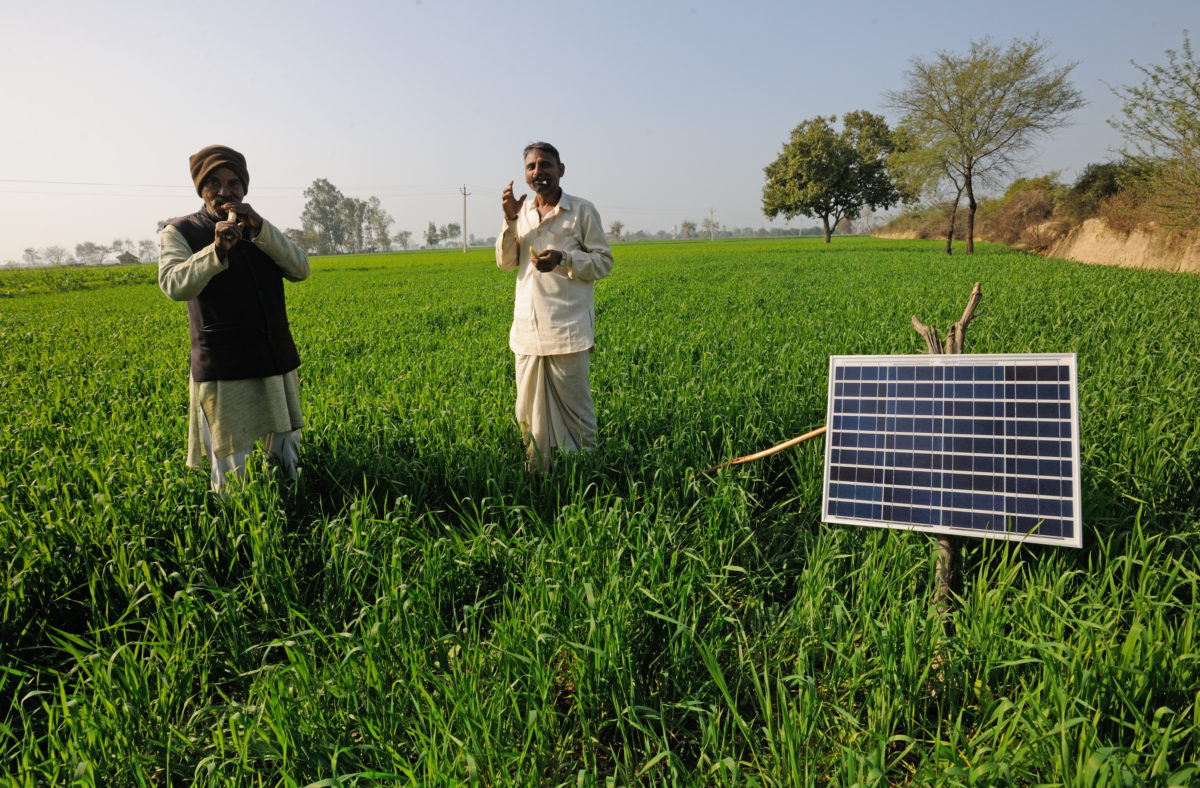
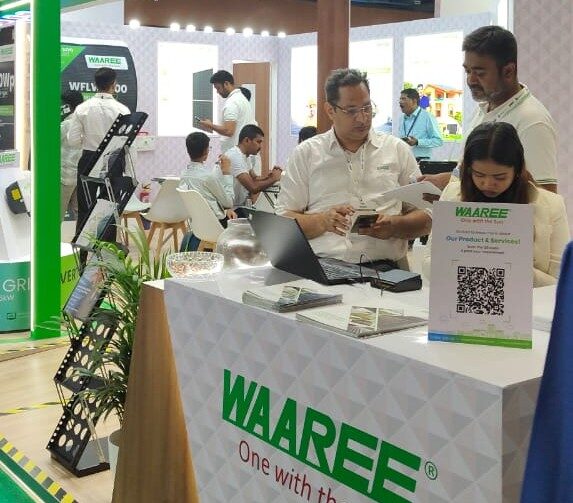


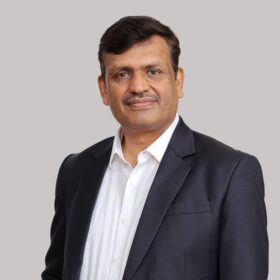

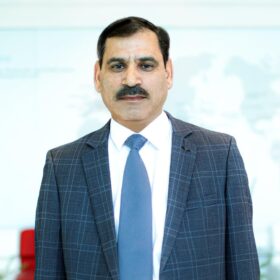
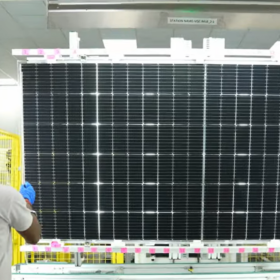
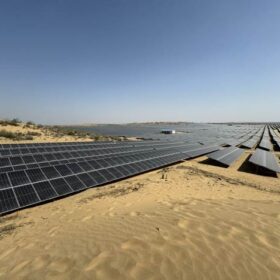
Extending power from national grid and registering an area as electrified calls for herculean effort in some cases. Off grid, bottom up approach , has indeed come as a useful and helpful supplement in not only improving the capacity generation but meeting the dreams and aspirations of thousands of villagers. Just as the world is big, avenues are aplenty. God has provided food for every living specie in this world but not in the nest. Yet He has given wings to the birds and brain to the man. We need to think out of the box, enter the uncharted waters, widen our comfort zone and scale heights. Every inch of advancement is not only towards improvement in living conditions of man but also contributes significantly to climate change.